Quilting is not just a craft; it’s an expression of creativity and passion. One of the keys to creating beautiful quilts lies in the skillful coordination of fabrics. Whether you’re a seasoned quilter or just starting, mastering the art of fabric coordination can elevate your projects to new heights.
In this guide, we’ll delve deep into the intricacies of coordinating quilt fabrics, providing you with invaluable insights and practical tips every step of the way.
What Is Quilt Fabric Coordinating?
What Is Quilt Fabric Coordinating?
Quilt fabric coordinating refers to the process of selecting and combining fabrics for a quilt in a way that creates visual harmony and cohesion. This involves choosing fabrics that complement each other in terms of color, pattern, texture, and theme, resulting in a balanced and aesthetically pleasing quilt design.
Consider color theory, design principles, personal preference, and the quilt project’s vision when coordinating quilt fabric. The goal of quilt fabric coordinating is to create a quilt that tells a cohesive story, evokes a specific mood or theme, and showcases the quilter’s creativity and skill.
Fabric Color Theory
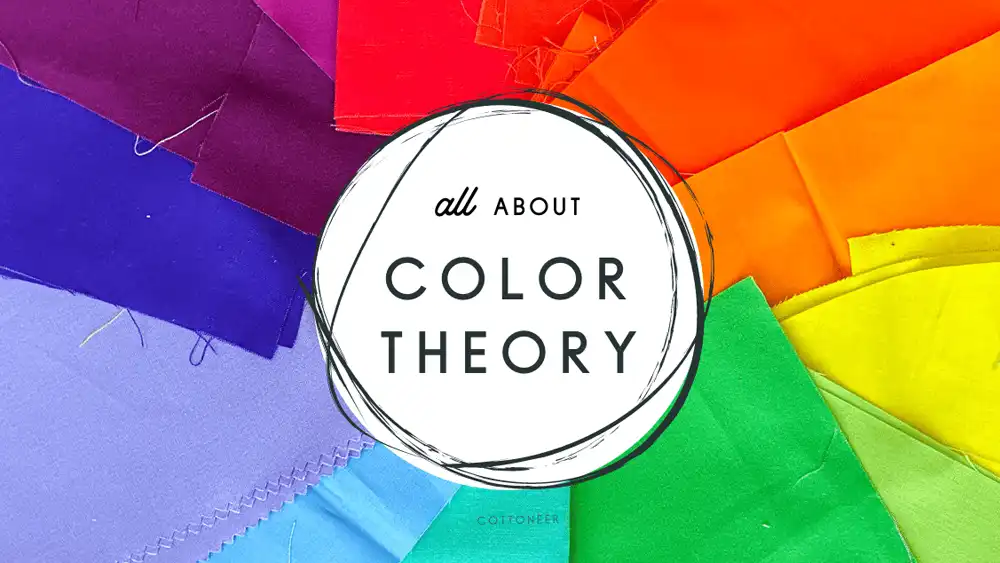
Color theory is a fundamental concept in the world of art and design, and it plays a crucial role in the coordination of quilt fabrics. Essentially, color theory explores how colors interact with each other and how they can be combined to create visually appealing compositions. Here’s a deeper dive into the key principles of color theory:
Primary Colors: The Building Blocks of Coordination
Primary colors, namely red, blue, and yellow, are the foundation of all other colors. These colors cannot be created by mixing other colors together and are used as the basis for creating all other hues.
Secondary Colors: Creating Harmonious Combinations
When primary colors are mixed together, they create secondary colors. For example, mixing red and yellow produces orange, mixing blue and yellow produces green, and mixing red and blue produces purple. Secondary colors offer a range of harmonious combinations that can be used to create depth and variation in quilt designs.
Tertiary Colors: Adding Depth and Dimension
Tertiary colors are created by mixing a primary color with a secondary color. These colors provide further nuance and depth to color schemes, offering a wide spectrum of shades and tones for quilt coordination.
Analogous Colors: Harmonizing Hues
Analogous colors are colors that are adjacent to each other on the color wheel. These colors share similar undertones and create harmonious combinations when used together. Analogous color schemes are often pleasing to the eye and can evoke a sense of unity and coherence in quilt designs.
Complementary Colors: Striking Contrasts
Complementary colors are located directly opposite each other on the color wheel. When paired together, complementary colors create striking contrasts and vibrant visual effects. While they may seem to clash at first glance, complementary color schemes can add excitement and drama to quilt compositions.
Monochromatic Schemes: Timeless Elegance
Monochromatic color schemes involve using variations of a single color. By playing with different tones, shades, and tints of the same hue, quilters can create elegant and sophisticated designs that exude harmony and unity.
Color theory forms the foundation of fabric coordination in quilting. By understanding the principles of color harmony, you can create visually captivating quilts that resonate with beauty and balance.
Primary colors, secondary colors, and tertiary colors serve as the building blocks of coordination, while analogous colors and complementary colors offer different approaches to achieving harmony or contrast. Monochromatic schemes provide a classic yet sophisticated option for quilt designs.
Texture and Pattern Considerations
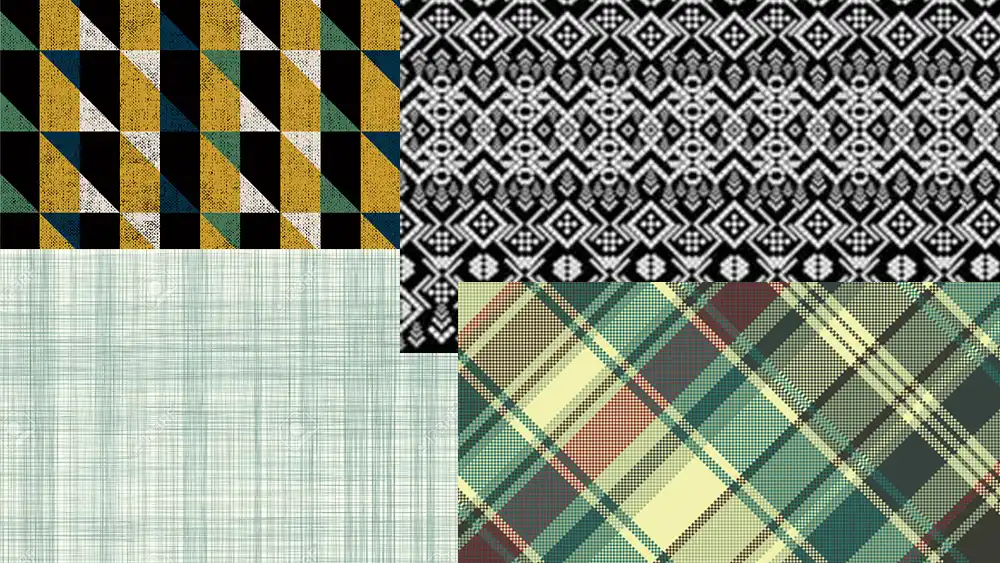
Texture and pattern are essential elements in quilt design, contributing to the overall aesthetic and visual impact of the finished piece. Understanding how texture and pattern interact can elevate quilts from simple creations to works of art. Here’s a closer look at the key considerations:
Smooth vs. Textured Fabrics: Adding Visual Interest
Incorporating a mix of smooth and textured fabrics adds depth and dimension to quilt designs. Smooth fabrics, such as cotton or satin, provide a sleek and polished look, while textured fabrics, like linen or wool, add tactile interest and visual contrast. By combining different textures, quilters can create dynamic compositions that engage the senses and create visual intrigue.
Scale and Proportion: Balancing Patterns
When working with patterned fabrics, scale and proportion play a crucial role in achieving balance and harmony. Large-scale patterns make a bold statement and can serve as focal points within a quilt, while small-scale patterns add intricacy and detail. By balancing different scales of patterns within a design, quilters can create visually pleasing compositions that draw the eye without overwhelming the senses.
Print Mixing: Mastering the Art
Print mixing involves combining fabrics with different patterns within the same quilt design. While this technique may seem daunting, mastering print mixing can result in stunning and eclectic creations. When mixing prints, consider color coordination, scale variation, and overall cohesion to ensure a harmonious blend of patterns that complement rather than compete with each other.
Directionality: Mindful Placement
Some fabrics feature directional patterns or motifs that add movement and flow to quilt designs. When working with directional fabrics, quilters must be mindful of pattern placement to maintain visual coherence. Paying attention to pattern orientation ensures that motifs align properly and contribute to the overall aesthetic of the quilt.
Theme and Motif Selection:
Themes and motifs provide a cohesive narrative thread that ties a quilt design together. Whether inspired by nature, culture, or personal experiences, selecting thematic elements adds depth and meaning to quilt projects. By choosing fabrics with motifs that reflect the intended theme, quilters can create quilts that tell a story and evoke emotion in the viewer.
By carefully considering texture and pattern in quilt design, quilters can create visually captivating and emotionally resonant works of art. Experimenting with different combinations and techniques allows quilters to push the boundaries of traditional quiltmaking and express their unique creativity and style.
Fabric Selection Tips and Tricks
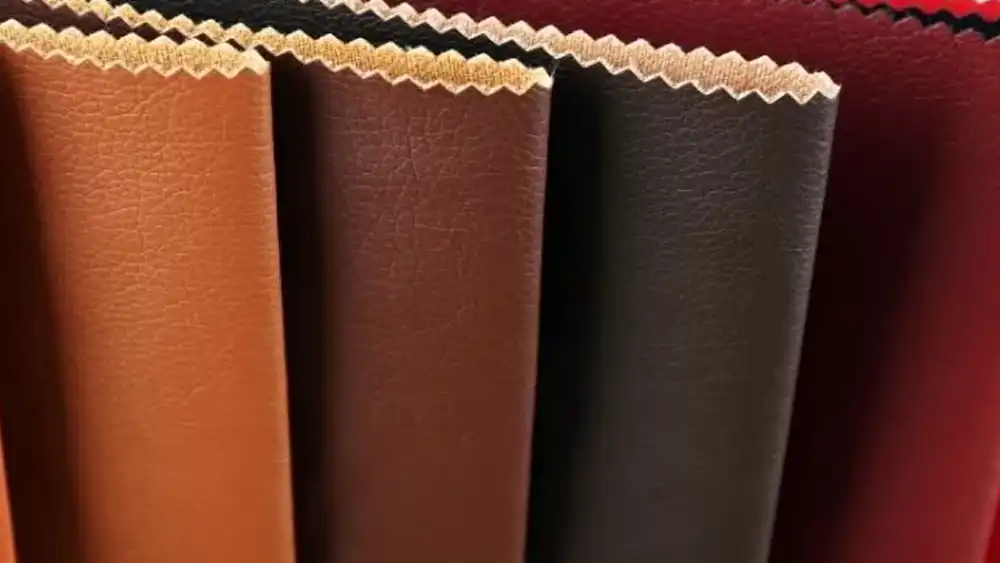
Choosing the right fabrics is essential for successful quilt coordination. From color and quality to practical considerations like pre-washing, here are some tips and tricks to help you navigate the fabric selection process:
Quality Over Quantity: Investing Wisely
When building your fabric stash, prioritize quality over quantity. Investing in high-quality fabrics may cost more upfront, but it pays off in the long run with better durability, ease of sewing, and superior results in your quilt projects.
Fabric Pre-Washing: Preventing Surprises
Pre-washing your fabrics before quilting is highly recommended. Pre-washing removes any chemical finishes or residues from the manufacturing process and helps prevent shrinkage or color bleeding that could affect the integrity of your quilt. It also softens the fabric and makes it more manageable to work with.
Color Testing: Ensuring Compatibility
Before committing to a fabric combination for your quilt, conduct color tests to ensure compatibility. Lay out the fabrics together and assess how they look in natural light. Consider factors like hue, saturation, and value to ensure a harmonious color palette that enhances your design.
Stash Organization: A Quilter’s Best Friend
Organizing your fabric stash can save you time and frustration when starting a new project. Sort fabrics by color, pattern, or theme to make it easy to find the perfect fabrics for your quilt. Invest in storage solutions like clear bins or fabric organizers to keep your stash neat and accessible.
Fabric Swapping: Building Community
Participating in fabric swaps is a fun way to expand your fabric collection and connect with other quilters. Whether online or in-person, fabric swaps allow you to trade fabrics you no longer need for new additions to your stash. It’s a great way to diversify your fabric selection and build a sense of community within the quilting world.
By following these fabric selection tips and tricks, you can ensure that your quilt projects are not only visually stunning but also durable and enjoyable to create. Remember to trust your instincts and choose fabrics that inspire you, and don’t be afraid to experiment with different combinations to bring your creative vision to life.
How to Coordinate Quilt Fabrics
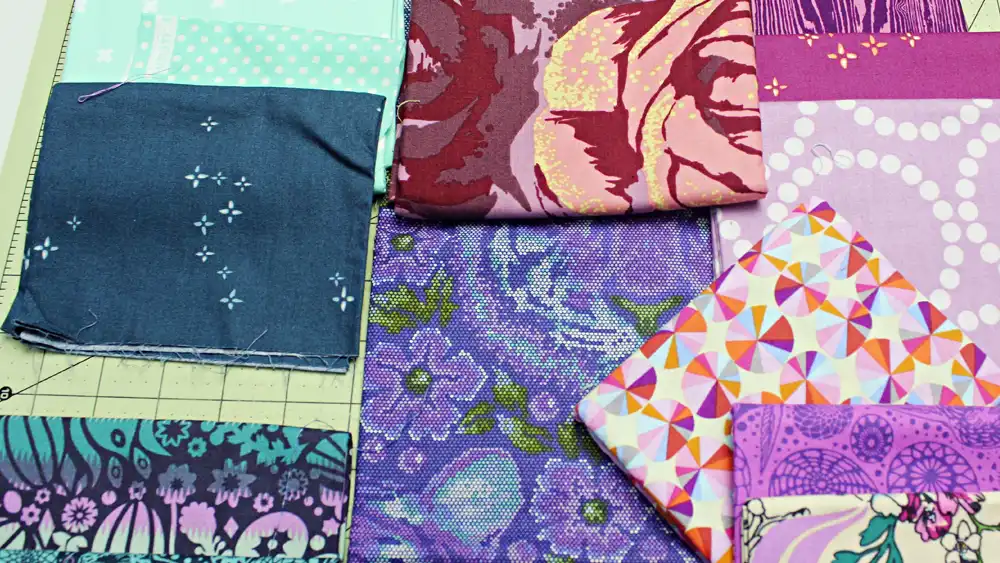
Coordinating quilt fabrics is an art form that involves selecting and combining fabrics in a way that enhances the overall design of your quilt. Here’s a step-by-step guide to help you coordinate quilt fabrics effectively:
Start with a Vision: Before diving into fabric selection, envision the look and feel you want your quilt to have. Consider factors such as color scheme, theme, and mood to guide your fabric choices.
Choose a Color Palette: Select a color palette that reflects your vision for the quilt. You can draw inspiration from nature, art, or personal preferences. Consider using a mix of warm and cool tones, or experiment with complementary color schemes for added visual interest.
Gather Fabrics: Once you have a color palette in mind, gather fabrics that fit within that scheme. Look for fabrics in varying shades, tones, and textures to create depth and dimension in your quilt.
Mix Patterns and Solids: Balance patterned fabrics with solids to create visual contrast and focal points within your quilt. Mix different scales of patterns, such as florals, geometrics, and stripes, to add variety and movement to your design.
Consider Scale and Proportion: Pay attention to the scale and proportion of your fabrics when coordinating them. Large-scale prints can serve as focal points, while smaller-scale prints and solids can act as supporting elements. Aim for a balance of different scales to create a harmonious composition.
Experiment with Layouts: Lay out your fabrics in various combinations to see how they look together. Play with different arrangements until you find a combination that feels balanced and cohesive. Don’t be afraid to rearrange fabrics or swap out options as needed.
Trust Your Instincts: Ultimately, trust your instincts and intuition when coordinating quilt fabrics. Choose fabrics that resonate with you and evoke the mood or theme you envision for your quilt. Remember that there are no strict rules in quilt design—let your creativity guide you.
Finalize Your Selection: Once you’re satisfied with your fabric choices, finalize your selection and prepare them for quilting. Cut your fabrics into the desired shapes and sizes, and begin piecing them together according to your quilt pattern or design.
By following these steps, you can coordinate quilt fabrics with confidence and create stunning quilts that reflect your unique style and creativity. Enjoy the process of selecting fabrics and bringing your quilt vision to life stitch by stitch.
Coordinating Quilt Fabric Collections
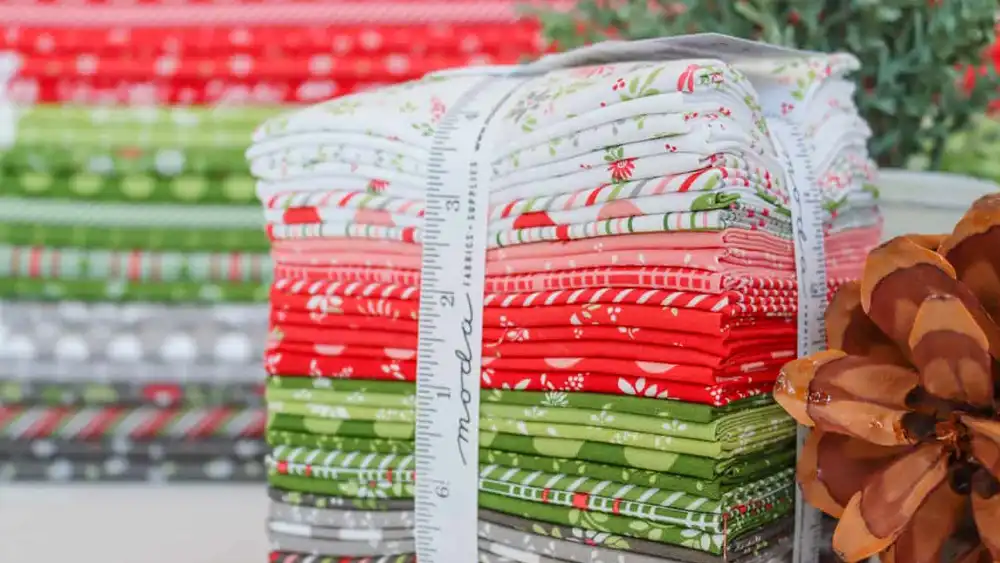
Coordinating quilt fabric collections offer quilters a convenient and cohesive way to select fabrics for their projects. Fabric designers or manufacturers curate collections containing prints and colors that go well together, helping quilters create cohesive-looking quilts.
Here’s a deeper exploration of coordinating quilt fabric collections:
Curated Selections:
Coordinating quilt fabric collections are carefully curated to include fabrics that work well together in terms of color, pattern, and theme. Fabric designers or manufacturers often select prints and colors that complement each other, ensuring that quilters can create cohesive designs without the guesswork of mixing and matching fabrics individually.
Color Harmony:
One of the key advantages of coordinating quilt fabric collections is the emphasis on color harmony. Fabrics within a collection are often designed to coordinate seamlessly, with colors that complement each other and create a cohesive color palette. This makes it easier for quilters to achieve a balanced and visually appealing quilt design.
Theme or Aesthetic Consistency:
In addition to color coordination, coordinating quilt fabric collections may also feature a consistent theme or aesthetic. For example, a collection may be inspired by a specific motif, such as florals, geometrics, or vintage prints. This thematic consistency allows quilters to create quilts with a unified look and feel, telling a cohesive story through their fabric choices.
Variety and Versatility:
Despite being part of a coordinated collection, fabrics within the collection often offer a variety of prints, scales, and textures. This allows quilters to create visual interest and depth in their quilts by mixing and matching different fabrics within the collection. From large-scale focal prints to smaller-scale blenders, coordinating collections offer versatility for a range of quilt designs.
Convenience and Ease of Use:
Perhaps the most significant benefit of coordinating quilt fabric collections is the convenience and ease of use they provide. Quilters can confidently select fabrics from a collection knowing that they will work well together, saving time and effort in the fabric selection process. This is especially helpful for quilters who may be new to quilting or feel overwhelmed by the prospect of coordinating fabrics independently.
Inspiration and Creativity:
While coordinating quilt fabric collections offer guidance and structure, they also inspire creativity and experimentation. Quilters can use fabrics from a collection as a starting point for their designs, mixing in additional fabrics or incorporating unique elements to personalize their quilts. The cohesive foundation provided by a coordinating collection serves as a springboard for quilters to explore their creativity and express their individual style.
In summary, coordinating quilt fabric collections offer quilters a curated selection of fabrics that work harmoniously together, making it easier to create cohesive and visually stunning quilt designs. With their emphasis on color harmony, thematic consistency, and versatility, coordinating collections provide both convenience and inspiration for quilters of all skill levels.
FAQs
How do I choose fabrics for my quilt?
Choosing fabrics for your quilt involves considering factors such as color, texture, and pattern. Start by selecting a color palette or theme, then look for fabrics that complement each other while also reflecting your personal style and vision.
Should I pre-wash my fabrics before quilting?
Pre-washing fabrics is recommended to prevent shrinkage or color bleeding that could affect the integrity of your quilt. It also removes any chemical residues from the manufacturing process, ensuring a clean and safe quilting experience.
What are some tips for mixing patterns in a quilt?
When mixing patterns in a quilt, consider scale, proportion, and color harmony. Start with a focal fabric and build around it, using complementary or analogous patterns to create visual interest while maintaining balance.
How do I know if my quilt design is cohesive?
A cohesive quilt design should have a sense of unity and balance, with elements that complement each other harmoniously. Step back and assess your design as a whole, ensuring that colors, patterns, and textures work together to tell a cohesive story.
What are some common quilting mistakes to avoid?
Common quilting mistakes include inaccurate cutting and piecing, inconsistent seam allowances, and neglecting proper pressing techniques. Take your time, follow instructions carefully, and practice good quilting habits to avoid these pitfalls.
How can I improve my quilting skills?
Improving your quilting skills takes practice, patience, and a willingness to learn. Seek out tutorials, workshops, and online resources to expand your knowledge and repertoire. Don’t be afraid to experiment and push your creative boundaries—it’s through challenges that we grow as quilters.
Conclusion
Mastering the art of coordinating quilt fabrics is a journey of exploration and discovery. By understanding the principles of color theory, texture, and pattern, as well as honing your sewing and design techniques, you can create quilts that are not only visually stunning but also deeply meaningful. Remember to trust your instincts, embrace experimentation, and enjoy the process of bringing your creative visions to life one stitch at a time.
